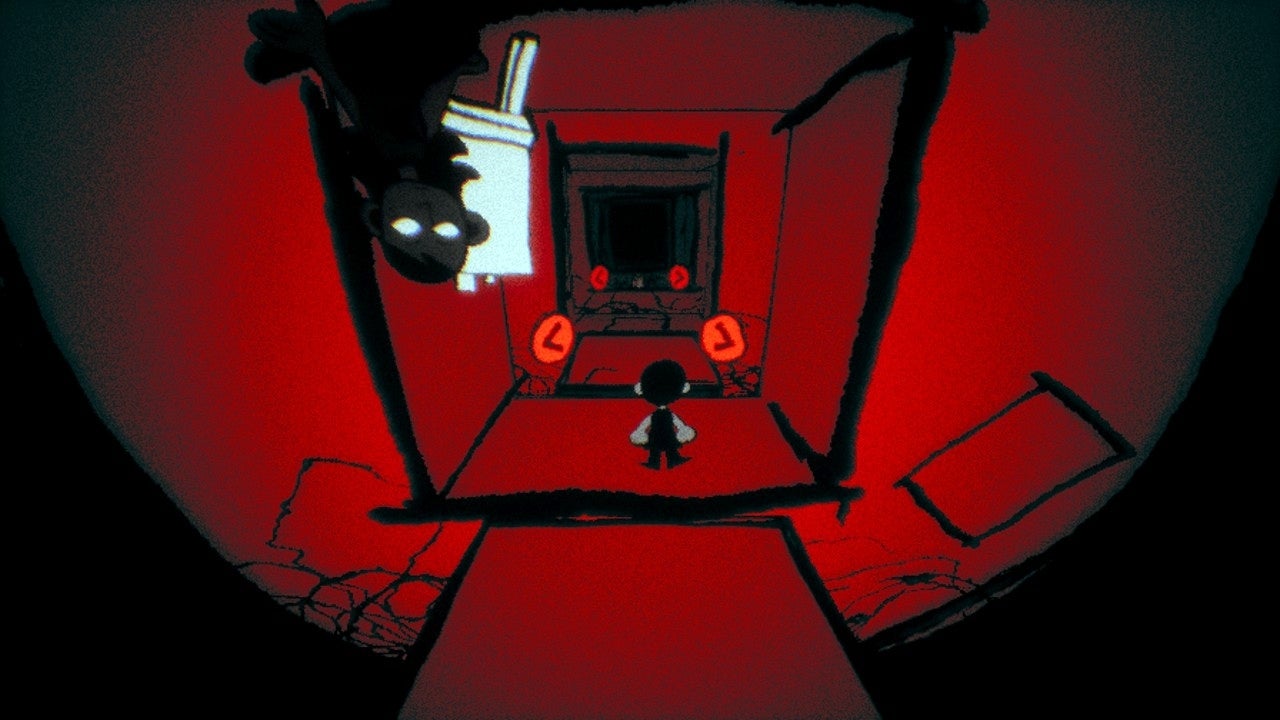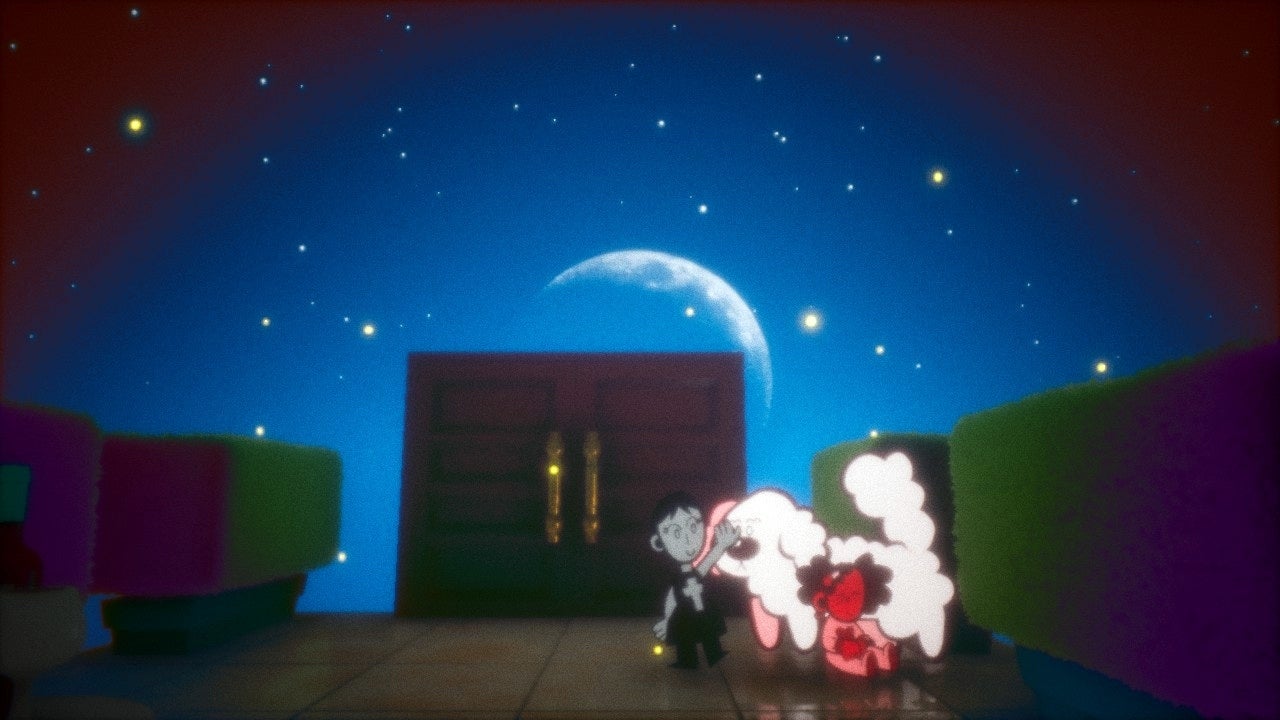Boarding a city subway is always a dice roll for whatever terror awaits you once the train doors close. Maybe there’s some trash taking up a seat, or annoying passengers who are hell bent on making their business yours. The new psychological horror game, Subway Midnight, taps into that uncertainty and spices it up by adding some puzzles and a ghoulish stalker into the mix.
Developed by Bubby Darkstar and published by Aggro Crab, Subway Midnight is a game where you play as a public transit passenger on the run, trying to escape both haunted train cars and a brooding, Babadook-looking bloke. In between doing so, you encounter ghosts who met an unfortunate end, various puzzles, and some psychedelic spaces. While the game lacks dialogue, you can glean some hints of the wider story through various missing person’s posters scattered throughout the train cars. These folks are the very same ghosts that haunt the trains.
The feel of Subway Midnight is less like the survival horror of a Resident Evil, and more the psychological horror of Silent Hill, maybe with a mix of Telltale Games’s walk-and-click gameplay. While on paper, the premise of passing through train cars doesn’t sound like a scary venture, Subway Midnight compensates by cranking up its art design to 11. Every car feels like its own little world. Much like the creepypasta Kisaragi Station, Subway Midnight’s train doesn’t show any signs of slowing, and its passengers have no means of contacting the outside world.

While Subway Midnight’s gameplay isn’t difficult, as the game progresses it can become frustrating. The game provides no hints on how you should progress through its levels, which initially is a welcome challenge until I found myself stuck for a little too long. Puzzles aren’t hard to feel your way through, generally speaking. But you’ll most likely have to live, die and repeat your way through solving them, trial and error style.

Sadly, after the game branched from the confines of train cars, my enjoyment derailed. While Subway Midnight’s initial selling point lies in its mix of cute doodle-like characters and distressing environments, those aspects go on to break your immersion for the second half of the game. That’s when Subway Midnight introduces a first-person camera that changes everything. While the game warned me about flashing lights when I first booted it up, I wasn’t prepared for the level of eye strain actually involved here. The game becomes borderline unplayable because of that, at least for me. One puzzle, for example, requires the player to pick three symbols that will unlock a door, if chosen correctly.
Regardless of success, after the puzzle you are forced to walk through a potentially seizure-inducing portion of the game where a light beam blasts its way through the car door.

It wasn’t just the visuals, though. The game’s subdued ambiance, full of static and the sound of busy train tracks, becomes tiresome too. Then there are portions of the game where your ability to turn and walk at the same time becomes limited. Whether this was intentional or not, it made me appreciate good tank controls in video games. Later, while shadowy figures threatened me, the camera got pulled so far back that it became impossible to even see what was going on. It was at this point of the game where I wasn’t sure if I was playing it or QA testing it.

Unfortunately, all of this came together to grant me a bad ending on my first run through, after accidentally neglecting some of the ghosts who needed my help. And getting a bad ending means getting kicked back to the start of the game, where you are tasked with figuring out what you might have missed on your initial journey.
Subway Midnight does a good job instilling a sense of dread and anxiety, even when it comes to jump scares. And solving puzzles definitely lent themselves to big-brained moments of triumph. Sadly, the frustrations that appear midway through, along with the migraine-inducing visuals, outweighed my enjoyment. Next time, I think I’ll just walk home, thank you very much.

Leave a Reply